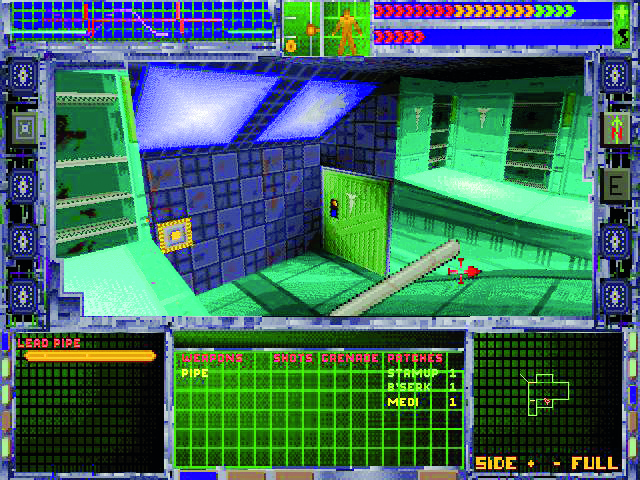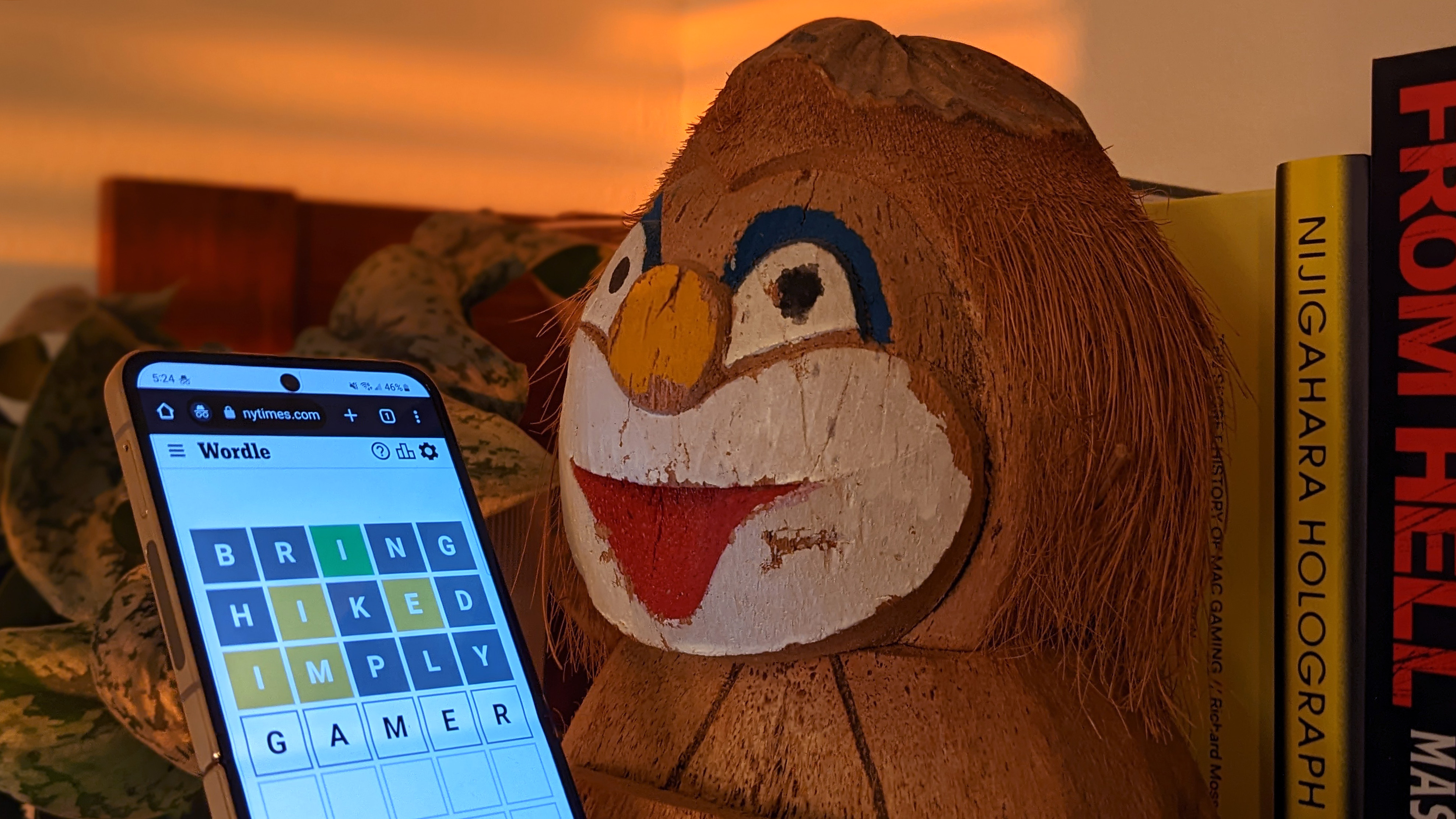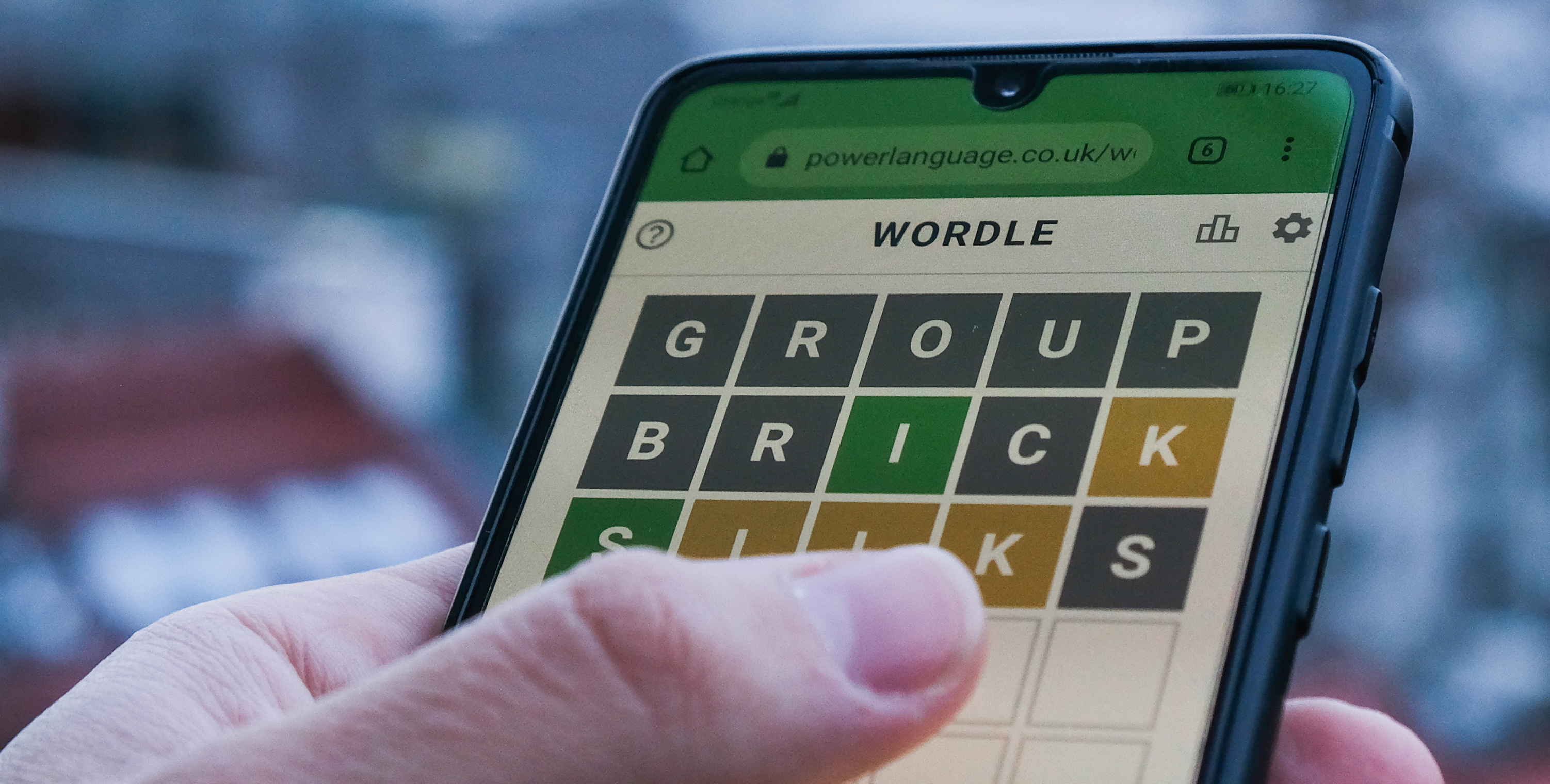Tis the season for substantial competitive updates to the biggest battle royale game around: Fortnite is getting a fully-fledged ranked mode in its next update, and Zero Build fans are getting in on the fun too. Fortnite’s ranked mode will follow a traditional divisional structure with players climbing from Bronze through Diamond, with three upper-division ranks in Elite, Champion, and finally Unreal.
It’s basically your bog-standard battle royale competitive mode, which is why I’m surprised it’s taken Fortnite five years to implement it. Fortnite technically already has a competitive mode in Arena, a tournament-style playlist with separate rules from Battle Royale and Zero Build, but Epic has decided to discontinue Arena at the end of the season in favor of the new Ranked.
Ranked will be playable in all three variations of Battle Royale (solo, duos, squads) and just one Zero Build mode (duos). Epic’s announcement blog (opens in new tab) doesn’t mention why Zero Build is limited to Duos, but it could be an effort to avoid splitting the playerbase of Fortnite’s less popular mode in a way that impacts matchmaking times. You’ll have a different rank for Battle Royale and Zero Build.
Here’s how the ranking divisions break down:
- Bronze (1, 2, 3)
- Silver (1, 2, 3)
- Gold (1, 2, 3)
- Platinum (1, 2, 3)
- Diamond (1, 2, 3)
- Elite
- Champion
- Unreal (Leaderboard rank)
Interestingly, once you’ve reached the rank of Unreal, you can’t be knocked out of it for the remainder of the season. Instead, your Unreal rank is displayed against all other Unreal players (similar to Overwatch 2’s “Top 500” division). Epic will maintain an official online Unreal leaderboard (opens in new tab) (link not live yet) for players to “flex” their rank publicly, but you can opt out of showing up on the leaderboard by changing in-game privacy settings.
Other key details:
- Your Fortnite ranked progress is determined by two factors: match placement and number of eliminations
- Teams are ranked according to their highest-rated player
- Teams equally gain and lose ranked points as a unit
That’s as specific as Epic is getting about Ranked for now, but I want to hear more about those two win conditions. How heavily match placement should or shouldn’t be valued over kills has been an ongoing discussion among the Apex Legends community, where new ranked rules made it possible for one streamer to reach the max rank without scoring a single kill (opens in new tab).
Respawn says this is the system working as intended (the goal of battle royale is survival, not a high K/D), but Epic may choose to favor other skillsets in Fortnite. Epic gave no word on when patch v24.40 will release, but if Fortnite follows its usual schedule, expect it to come later this month.






